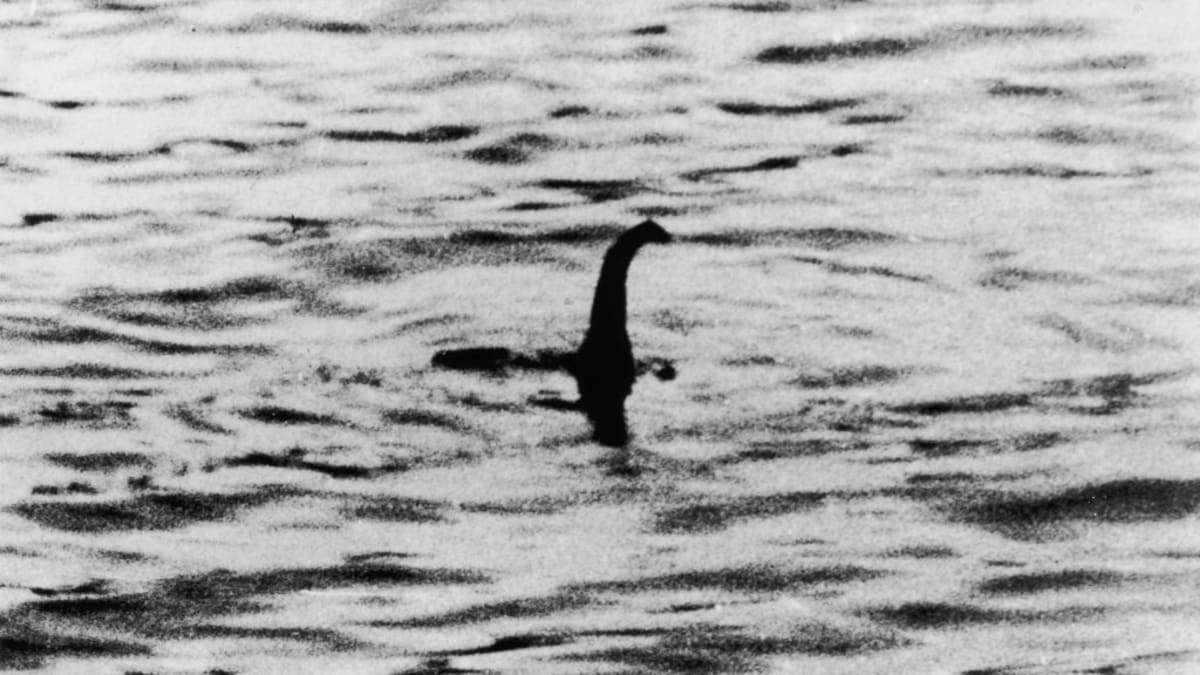Known worldwide as “Nessie,” The Loch Ness Monster remains a curiosity for cryptid hunters as they continue documenting sightings. The Loch is one of many in the Inverness region. The first recorded sighting may have been part of the legend-making process that helps priests become Saints. Saint Columba was just a priest spreading the Word of God with the local people. In the 21st century, we know him as Saint Columba. However, he was reported to have made a monster stop eating a person that was too close to the Loch. The year was 565 A.D., a time ripe for legend and myth creation.
While Saint Columba has Saintly status largely because of his work to convert Scotland to a Christian society, local legends and myths cannot be discounted as part of this conversion. Monsters have been part of Scottish lore for thousands of years. A repeating theme of a “horse-like creature” is common among many monster-origin sightings. Scotland has large bodies of water called Lochs that can be connected underwater.
The modern legend of the Loch Ness Monster started in 1933 when a road was built to circumvent the Loch. This road gave drivers a good long look at Loch Ness, where one day, a couple saw Nessie for the first time in modern history. Since that first reported sighting in 1933, thousands of people swear to have seen the monster. Nessie is only one of many so-called cryptids; the name was given to these cryptozoological animals.

